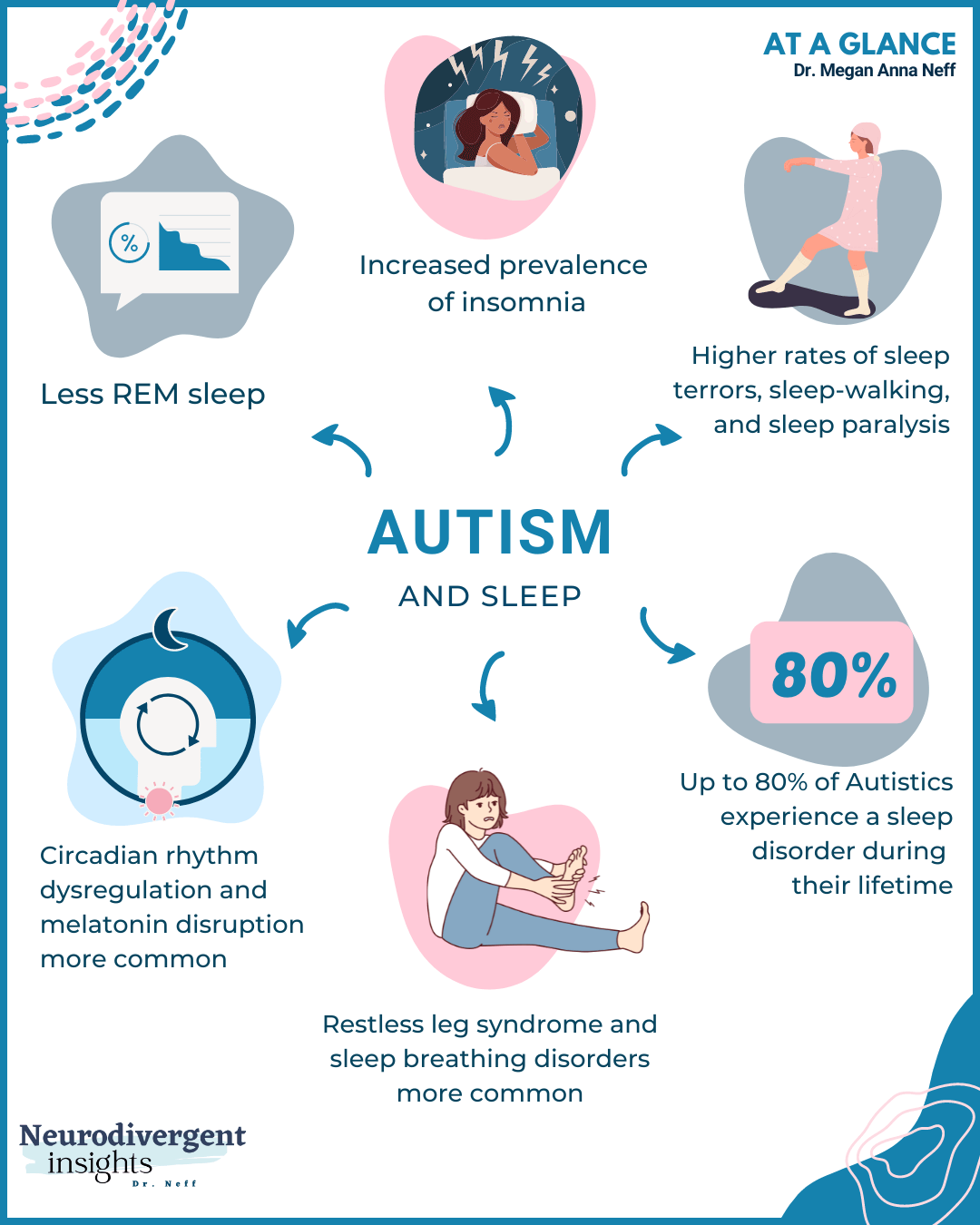Just how to Develop an Inclusive Atmosphere for Buddies and Family with Autism
Just how to Develop an Inclusive Atmosphere for Buddies and Family with Autism
Blog Article
Recognizing Autism: A Comprehensive Guide to Signs And Symptoms and indications
Autism Spectrum Problem (ASD) encompasses a large range of characteristics that can dramatically influence an individual's social interactions and day-to-day functioning. Acknowledging the symptoms and signs, such as obstacles with eye call, social communication troubles, and sensory level of sensitivities, is essential for very early intervention. Comprehending these subtleties not just aids caregivers and instructors in providing proper support yet also cultivates a much more inclusive atmosphere for people with ASD. As we discover the complexities of autism, it comes to be important to consider just how these indications materialize differently throughout the range and what ramifications they hold for efficient treatment approaches.
Summary of Autism Range Problem
Defining Autism Spectrum Condition (ASD) includes acknowledging it as a complicated neurodevelopmental condition identified by a variety of challenges in social interaction, communication, and behavioral patterns. The term "spectrum" shows the vast irregularity in signs and symptoms and their severity, which can differ considerably from one individual to one more. ASD normally manifests in very early childhood years, although some individuals may not get a diagnosis till later in life.
Variables affecting the growth of ASD consist of ecological factors and hereditary proneness, although the specific causes continue to be under investigation. Medical diagnosis frequently depends on behavioral evaluations, as there are no conclusive clinical tests for ASD. Early treatment is essential and can dramatically improve outcomes, focusing on improving communication abilities, social communications, and flexible habits.
Individuals with ASD might additionally show special toughness, such as remarkable focus to detail or certain areas of experience. Recognizing the multifaceted nature of ASD is vital for fostering an inclusive environment that suits neurodiversity. Proceeded research is important for creating reliable interventions and support group, making it possible for individuals with ASD to flourish and fulfill their prospective within culture.
Usual Signs of Autism
Acknowledging the common indications of Autism Range Disorder (ASD) is important for early identification and treatment. These indicators can vary commonly in extent and discussion, however certain attributes are regularly observed in people with ASD.
Among the most widespread signs is a marked trouble in developing and keeping eye call. Individuals may also display limited interest in social interactions and reveal a choice for solitary play. Repeated behaviors, such as hand-flapping, rocking, or spinning items, often emerge early in youth. Additionally, some youngsters might create strict regimens and become distressed if these regimens are disrupted.
Sensory level of sensitivities are also usual; people might underreact or panic to sensory stimulations, such as audios, appearances, or lights. autism. Language growth can be atypical, with some youngsters showing postponed speech or utilizing language in uncommon means, including echolalia-- duplicating expressions or sentences listened to in other places
It is necessary to note that not every person with ASD will show all these indications, and the level of these behaviors can vary significantly. Early acknowledgment permits timely assistance and sources, improving the quality of life for those on the spectrum.
Social Interaction Challenges
Social interaction challenges are a trademark of Autism Range Disorder (ASD), impacting an individual's capability to involve efficiently with others. These problems can show up in various means, including challenges in starting and keeping discussions, comprehending social hints, and reacting properly in social communications.
Individuals with ASD might have problem with nonverbal communication, such as eye contact, faces, and body movement. This can bring about misconceptions, as their communicative intent may not be properly interpreted by others. Additionally, they may discover it hard to grasp the nuances of tone and try this website context, which are important for effective interaction.
In group settings, people with ASD may really feel overloaded and may not know how to join in discussions (autism). They could additionally display atypical conversational patterns, such as monologuing regarding certain interests without recognizing social reciprocity
Additionally, these obstacles can lead to social seclusion or difficulties in creating relationships, as peers may misinterpret their actions or interaction style. Comprehending these social interaction obstacles is vital for promoting helpful settings that promote social abilities development and enhance the top quality of communications for individuals on the autism spectrum.
Sensory Level Of Sensitivities and Feedbacks
Many individuals with Autism Spectrum Disorder (ASD) experience heightened sensory sensitivities that can considerably influence their day-to-days live. These level of sensitivities may manifest as over-responsiveness or under-responsiveness to sensory stimuli, including audios, lights, appearances, tastes, and smells. An individual with ASD might discover daily noises, such as a vacuum cleaner or crowded environments, overwhelmingly stressful, leading to stress and anxiety or crises. Alternatively, some may show an indifference to pain or severe temperatures, which can pose security issues.
Sensory processing distinctions in individuals with ASD can likewise affect their capability to participate in routine activities and social communications. For example, a kid who is sensitive to touch might resist physical affection or stay clear of specific clothing fabrics. A preference for specific textures or preferences can limit nutritional options and produce challenges during nourishments.
Comprehending these sensory sensitivities is essential for identifying the distinct experiences of people with ASD. Awareness of their sensory profiles can foster better interaction and useful content assistance approaches, developing an environment that accommodates their requirements and boosts their lifestyle. Eventually, recognizing sensory sensitivities is an important part of understanding the wider range of autism.

Sustaining People With Autism
Reliable assistance for individuals with Autism Range Condition (ASD) is essential for enhancing their general health and promoting self-reliance. Assistance techniques must be tailored to satisfy the one-of-a-kind requirements of each person, considering their obstacles and strengths.

Social abilities training can likewise play a crucial role. autism. Involving people in team activities or role-playing scenarios can enhance their capacity to navigate social communications. Furthermore, it is vital to enlighten member of the family, caretakers, and peers about ASD to foster a inclusive and helpful area
Final Thought
Finally, an extensive understanding of Autism Spectrum Disorder is necessary for acknowledging its symptoms and indicators. Early identification of common attributes, such as social interaction obstacles and sensory level of sensitivities, makes it possible for caretakers and teachers to execute effective treatments. By promoting improved communication and social abilities, individuals with autism can browse their environments more successfully. Ultimately, enhanced awareness and support can considerably boost the lifestyle for those impacted by ASD.
Autism Range Problem (ASD) incorporates a vast variety of features that can significantly affect a person's social interactions and everyday performance.People with ASD may have a hard time with nonverbal communication, such as eye get in touch with, face expressions, and body language.Numerous people with Autism Range Disorder (ASD) experience increased sensory sensitivities that can substantially influence their everyday lives.Sensory handling differences in individuals with ASD can also affect their capability to involve in routine tasks and social interactions.Comprehending these sensory sensitivities is vital for identifying the distinct experiences of individuals with ASD.
Report this page